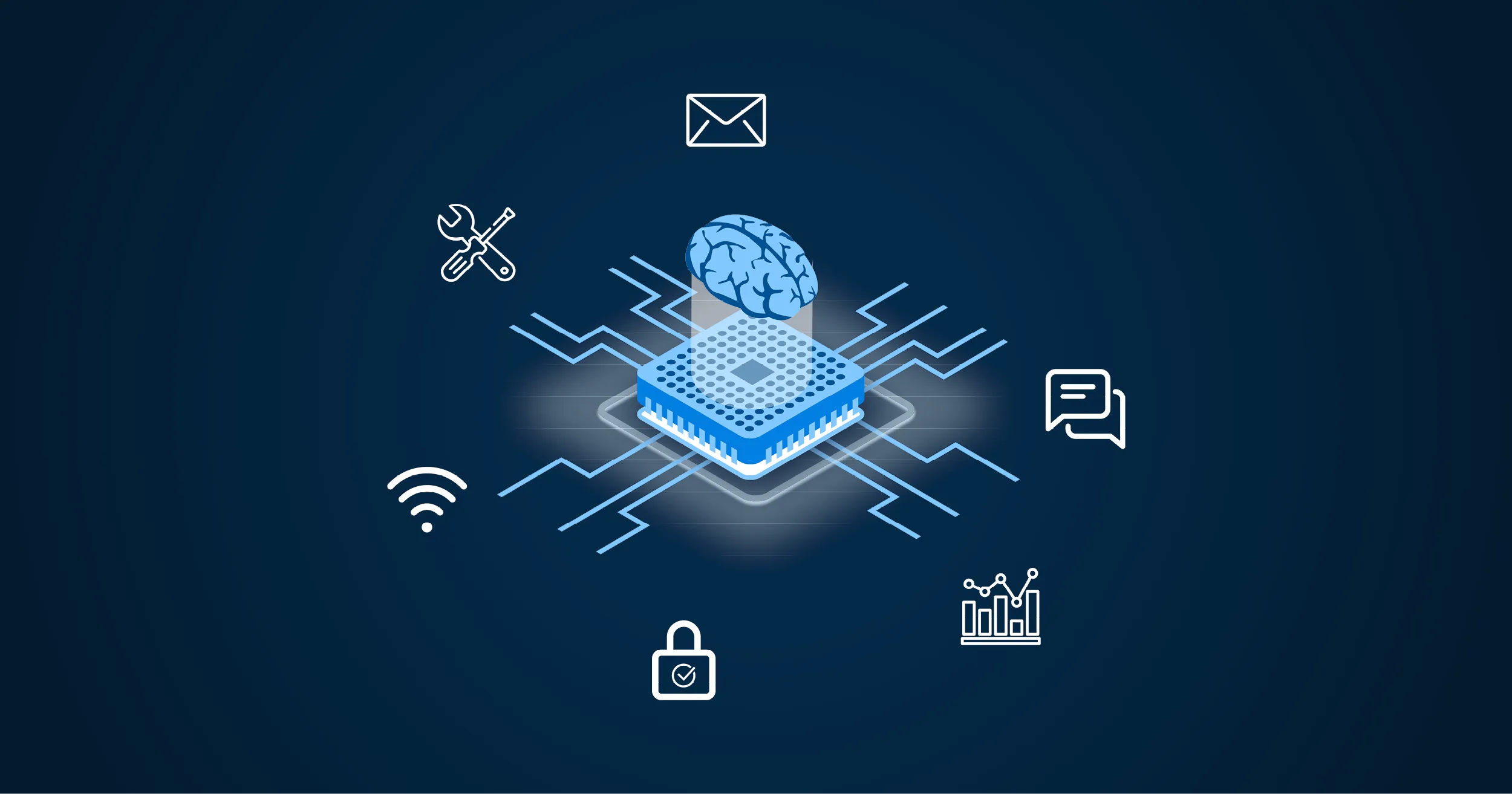An embedded system is a combination of – In the realm of technology, where devices seamlessly intertwine with our lives, embedded systems reign supreme. These ingenious creations are a symphony of hardware, software, and communication protocols, orchestrating a myriad of functions that enhance our daily experiences.
An embedded system is a combination of hardware and software, working together to perform a specific function. For instance, an air conditioning system involves the mixing of various components , such as a compressor, condenser, and evaporator, to regulate the temperature and humidity of a room.
Ultimately, an embedded system is a combination of these elements, designed to achieve a specific outcome.
Embedded systems are not mere bystanders; they are the unsung heroes behind countless innovations, from self-driving cars to medical devices and smart homes. Their versatility and adaptability have transformed industries, empowering us to interact with the world in ways we never thought possible.
An embedded system is a combination of hardware and software, designed to perform a specific function. In a vendor managed inventory system, for example a vendor managed inventory system refers to an , the vendor is responsible for managing the inventory levels of a product or service.
This can be a great way to improve efficiency and reduce costs, as the vendor has a vested interest in ensuring that the inventory levels are always at the optimal level. An embedded system is a combination of hardware and software, designed to perform a specific function.
Definition of Embedded Systems
An embedded system is a computer system that is designed to perform a specific function or set of functions within a larger system. Embedded systems are typically used in devices that require real-time performance, low power consumption, and reliability.
An embedded system is a combination of computer hardware and software designed to perform a specific function within a larger system. For example, an analytical system of clinical nutrition an analytical system of clinical nutrition is an embedded system that helps healthcare professionals analyze and track patient nutrition data.
An embedded system is a combination of hardware and software that is designed to perform a specific function within a larger system.
Embedded systems are often designed to be invisible to the user, and they may be embedded in a variety of devices, including:
- Consumer electronics (e.g., smartphones, televisions, gaming consoles)
- Industrial machinery (e.g., robots, automated production lines)
- Medical devices (e.g., pacemakers, defibrillators)
- Automotive systems (e.g., engine control modules, anti-lock brake systems)
Components of Embedded Systems, An embedded system is a combination of
Embedded systems typically consist of the following components:
- Microcontroller or microprocessor:The central processing unit (CPU) of the embedded system, which executes the software and controls the other components.
- Memory:Stores the software and data used by the embedded system.
- Input/output (I/O) devices:Allow the embedded system to interact with the outside world, such as sensors, actuators, and displays.
- Power supply:Provides the electrical power to the embedded system.
Types of Embedded Systems
Embedded systems can be classified into several types based on their functionality:
- Real-time embedded systems:Must respond to external events within a specified time frame. Examples include automotive control systems and medical devices.
- Stand-alone embedded systems:Operate independently of other systems. Examples include consumer electronics and industrial machinery.
- Networked embedded systems:Connect to other devices or networks to share data and resources. Examples include smart home devices and industrial automation systems.
Concluding Remarks: An Embedded System Is A Combination Of

As we venture into the future, embedded systems continue to evolve, pushing the boundaries of innovation. With advancements in artificial intelligence, cloud computing, and the Internet of Things, these systems are poised to play an even more pivotal role in shaping our lives.
An embedded system is a combination of hardware and software that performs a dedicated function within a larger system. Controls are a key component of embedded systems, as they provide the ability to monitor and adjust the system’s behavior. Controls can take many forms , including sensors, actuators, and software algorithms.
By combining hardware and software, embedded systems can be tailored to specific applications, providing a high level of performance and efficiency.
Embedded systems are not just the future; they are the present, empowering us to connect, automate, and enhance our world like never before.
Helpful Answers
What are the key characteristics of embedded systems?
Embedded systems are characterized by their compact size, low power consumption, high reliability, and real-time operation.
What are the different types of embedded systems?
An embedded system is a combination of hardware and software, designed to perform a specific function. An administrator has installed Google Chrome on this system , which is an example of an embedded system. Embedded systems are found in a wide variety of devices, from cars to medical equipment.
Embedded systems can be classified based on their functionality, such as automotive systems, medical devices, consumer electronics, and industrial automation.
What are the challenges in designing embedded systems?
Designing embedded systems involves balancing performance, cost, power consumption, and reliability constraints.
An embedded system is a combination of hardware and software that’s designed to perform a specific function. For example, the electronic control unit in a car is an embedded system that controls the engine, transmission, and other components. A modern structure that uses an arch and dome system is also an example of an embedded system, as it combines hardware and software to control the movement of the structure.
An embedded system is a combination of hardware and software, like the one in your smartphone. If you’re looking to upgrade your home’s energy system, check out this guide on adding solar panels to an existing system . It’ll help you save money on your energy bills and reduce your carbon footprint.
An embedded system is a combination of hardware and software, so it’s important to choose the right one for your needs.